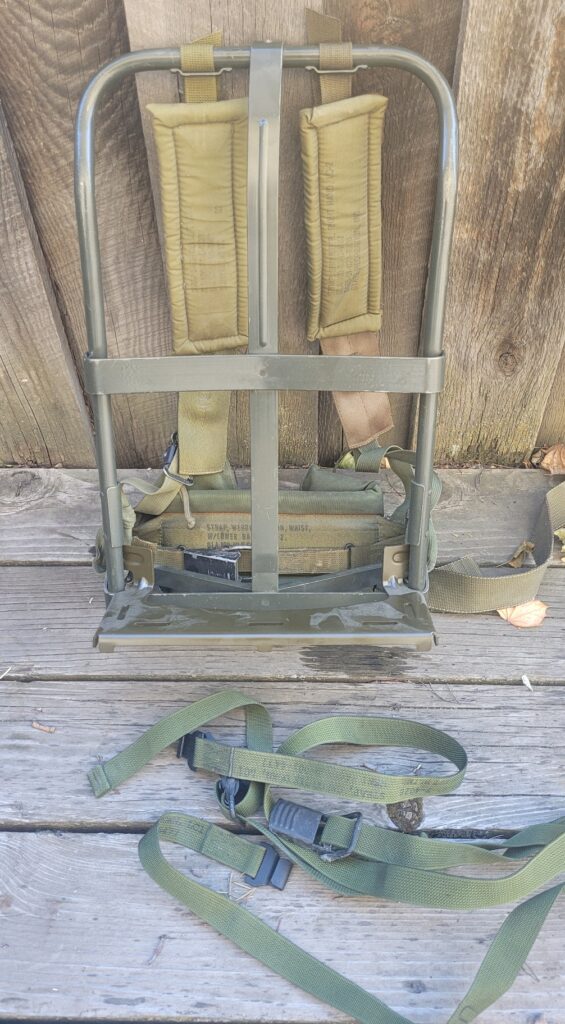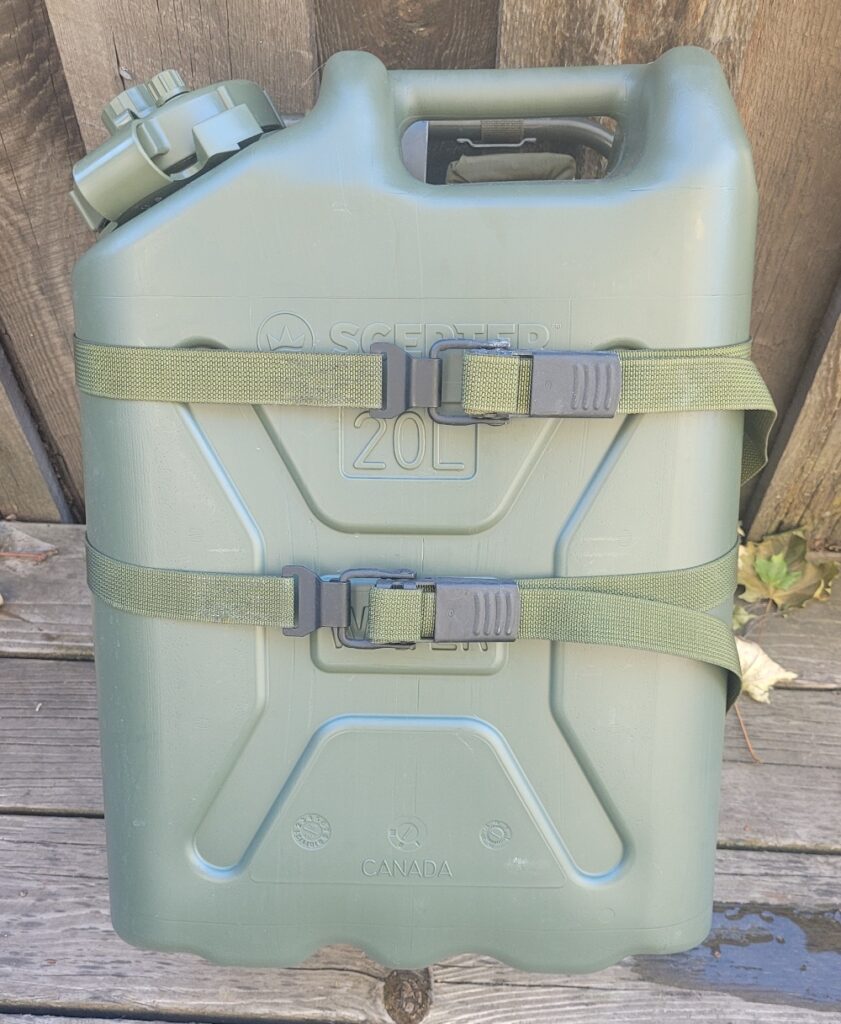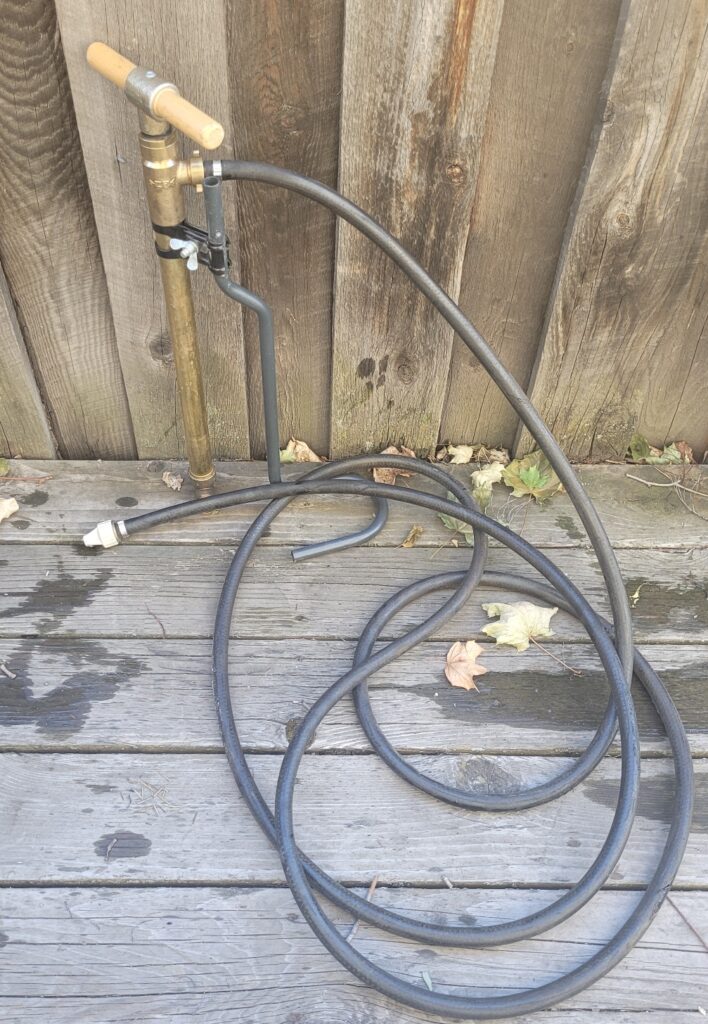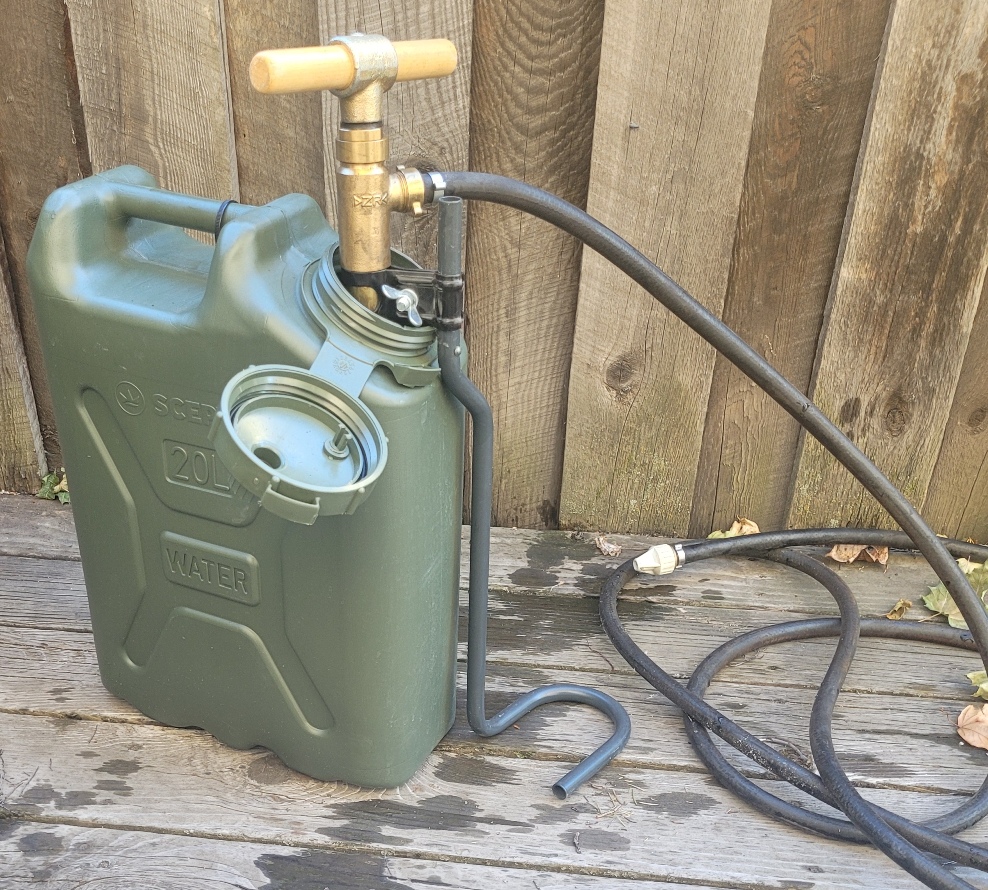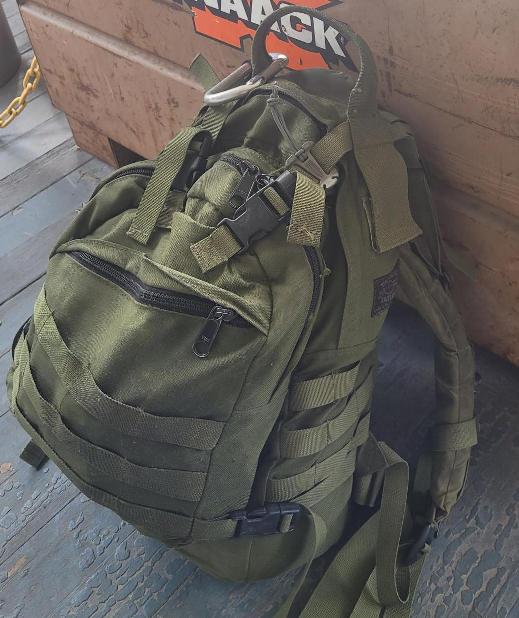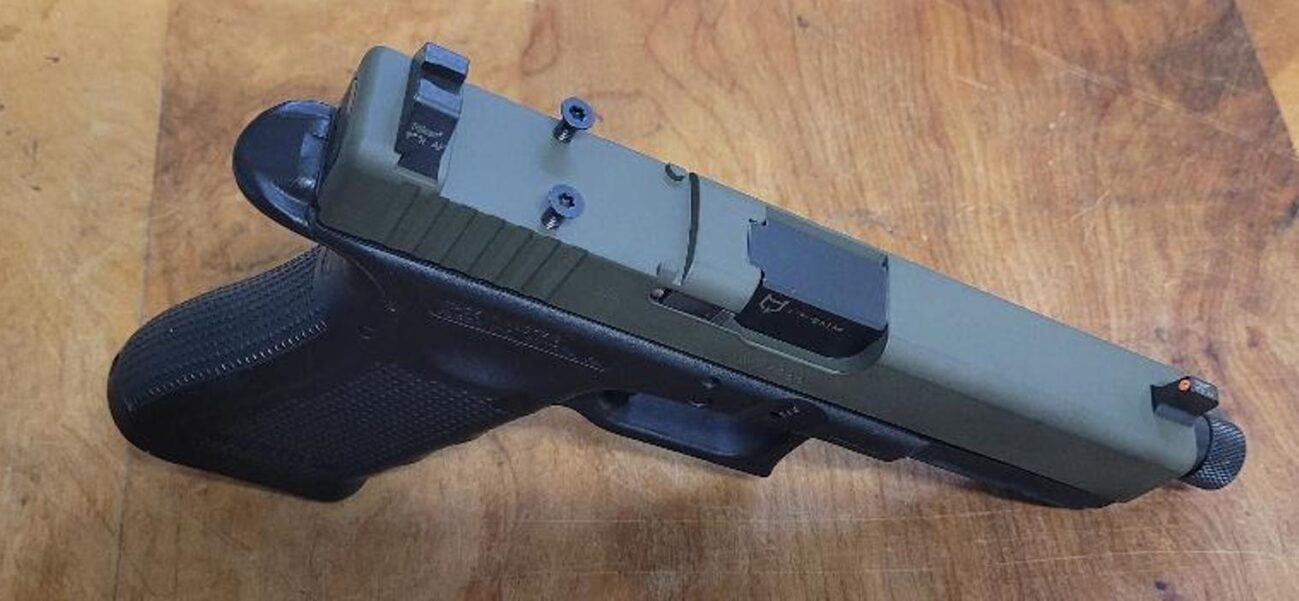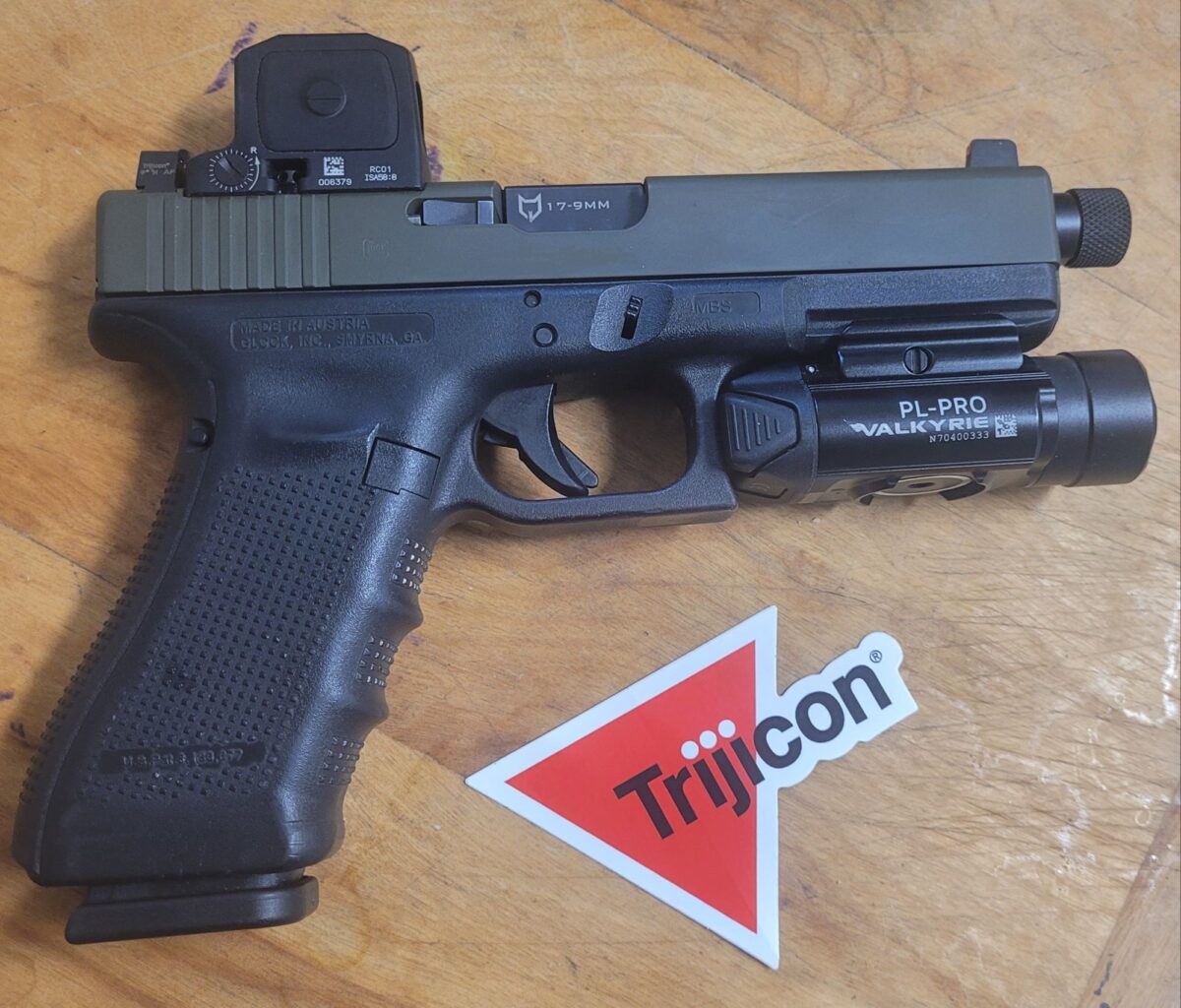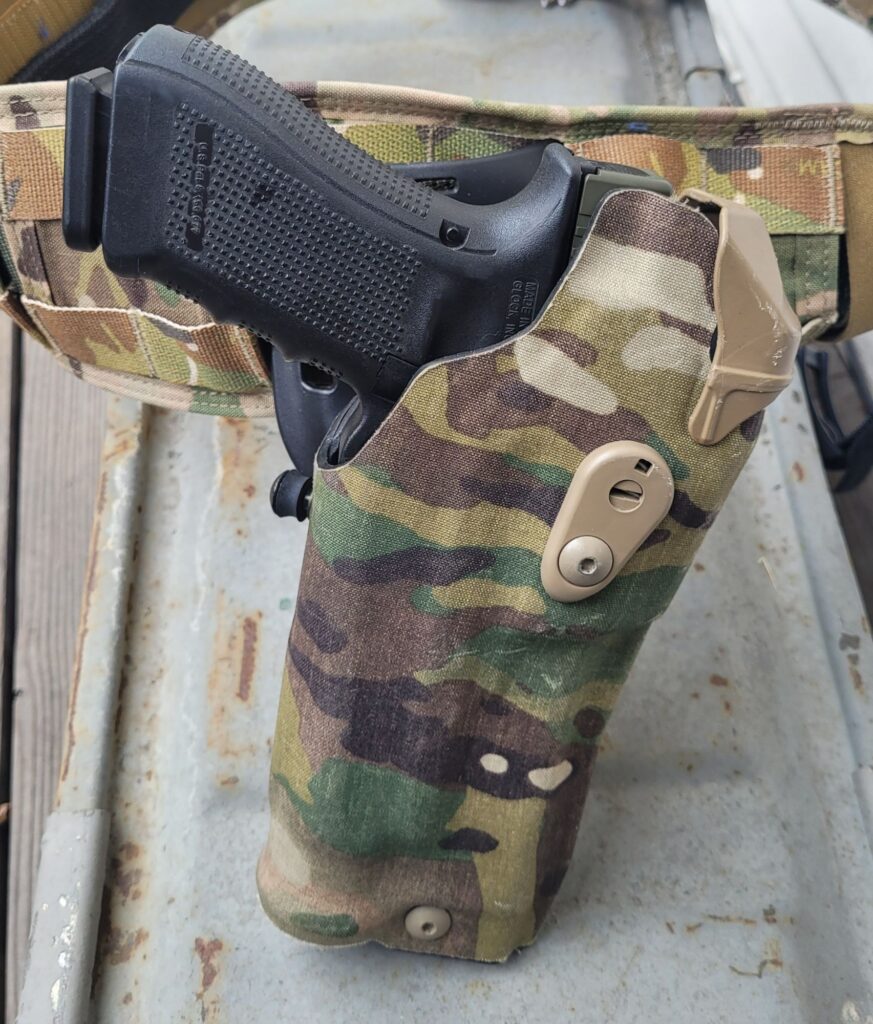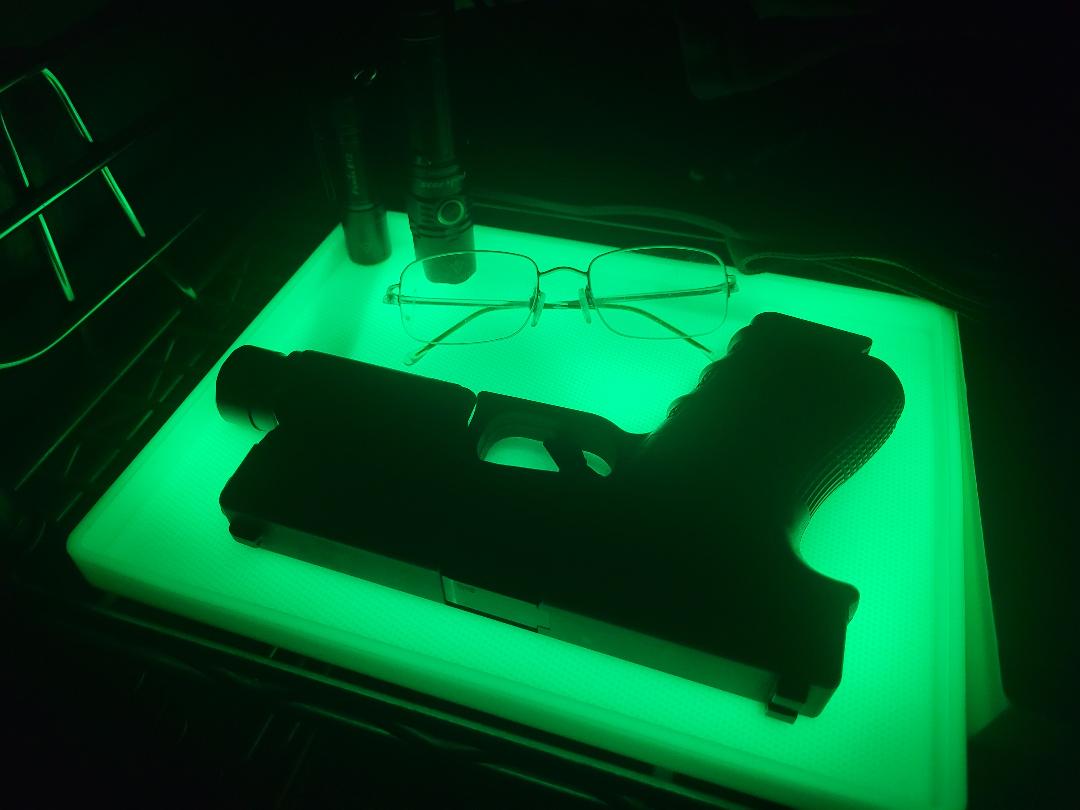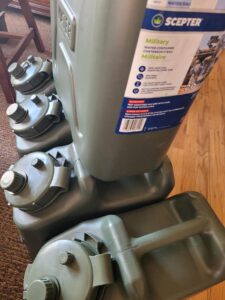Have you ever watched a movie where the hero is off in some sort of arid environment and there’s that classic scene where he tilts the canteen to his lips, a single drop drips out, he looks disgustedly at the canteen, and then throws it away? Why would you do that? Just because you don’t have any water at that moment doesn’t mean you’re not going to come across some later. And if you do come across some, and drink your fill, how are you going to carry some of that water with you since you threw your canteen away?
Why would you do that? Just because you don’t have any water at that moment doesn’t mean you’re not going to come across some later. And if you do come across some, and drink your fill, how are you going to carry some of that water with you since you threw your canteen away?
I mention this because I posted earlier about those water pouches and the conversation developed into a discussion about various water portage options. I always keep one heavy-duty-plastic bottle of water in my Bag O’ Tricks(tm) because you never know when you’re gonna get stuck somewhere. (I also keep a couple small ‘lifeboat’ ration bars in there too. If I’m gonna be stuck somewhere I’m not gonna spend the time listening to my stomach growl.) But in addition to the plastic water botle, I also keep one of these guys rolled up and tucked away. Although I like the Platypus, I go with the Nalgene because the mouth of this bladder takes all Nalgene lid accessories, including this one which I highly recommend. Importantly, the Nalgene version has the wide mouth so you can fill this thing in a hurry and even throw in snow/ice if you have to. And..I can fill it from a questionable water source and be abble to fit a LifeStraw through the mouth of it.
I carry it in my bag because I simply cannot carry as much water with me as I would like….its heavy stuff. But I can keep a water container with me in my bag so that if I do run across a water source…a natural body of water, a hose bib, an unattended faucet, or that sort of thing, I can supplement what I have.
You might ask, since I’m already carrying a plastic bottle of water, why not refill that? If it wer eempty, I absolutely would…every chance I get. But in a crisis I want more water than just the one bottle’s worth…more is better in this case.
Your mileage may vary, of course, but if you’re going to carry around a (insert acronym here) bag, you may as well take the two ounce weight penalty and have the option to carry around extra water when you come across the opportunity.


